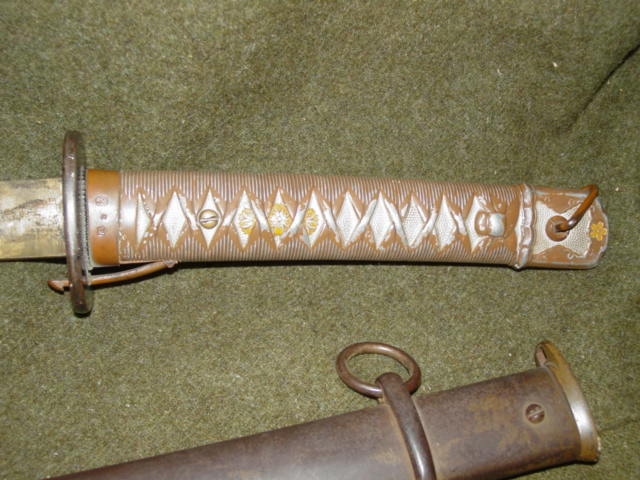Steve499
Member
A veteran of world war II who I've known for several years recently passed away. His estate sale is coming up and, among other items, is listed a Japanese sword. I know the sword came back with him so there's no doubt about it's authenticity, but what should I know about before the auctioneer gets started on it?
Steve
Steve


















